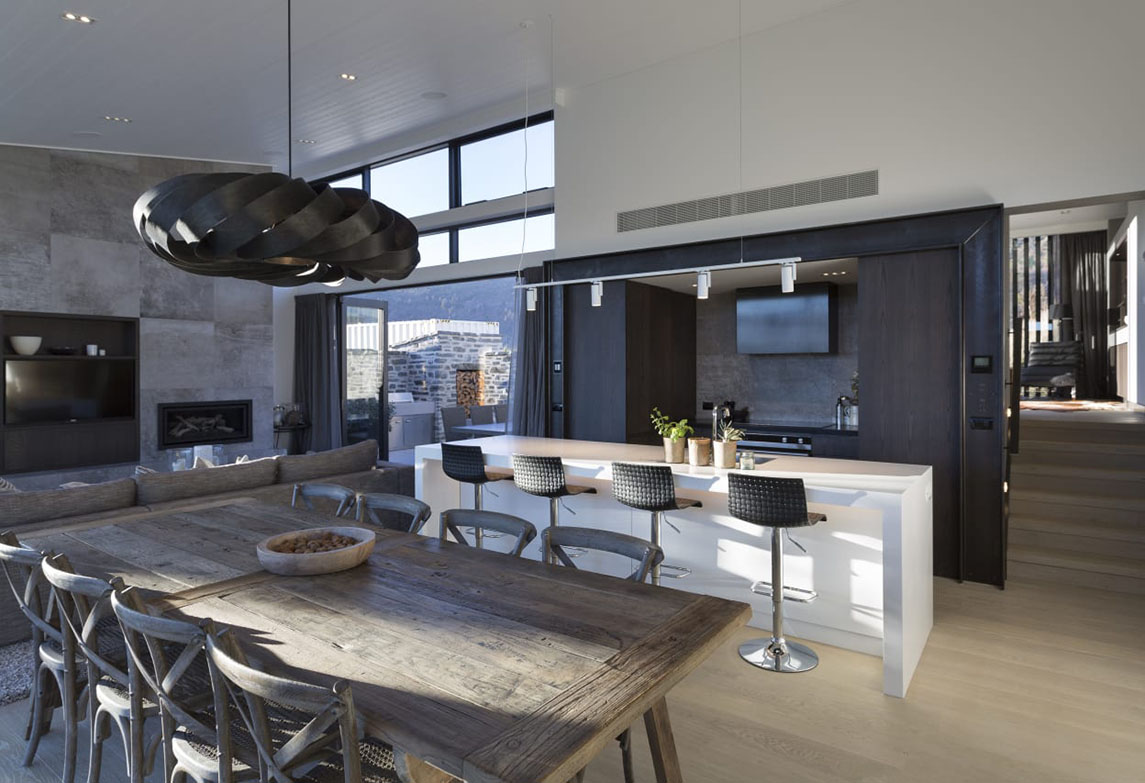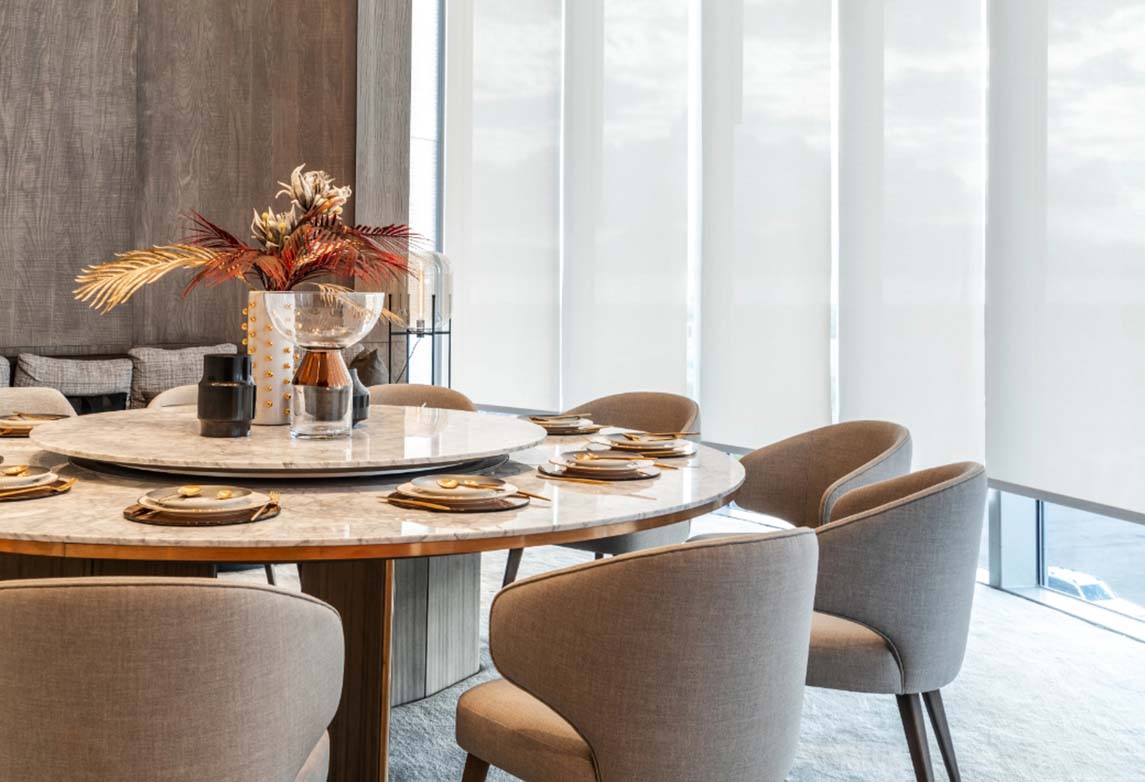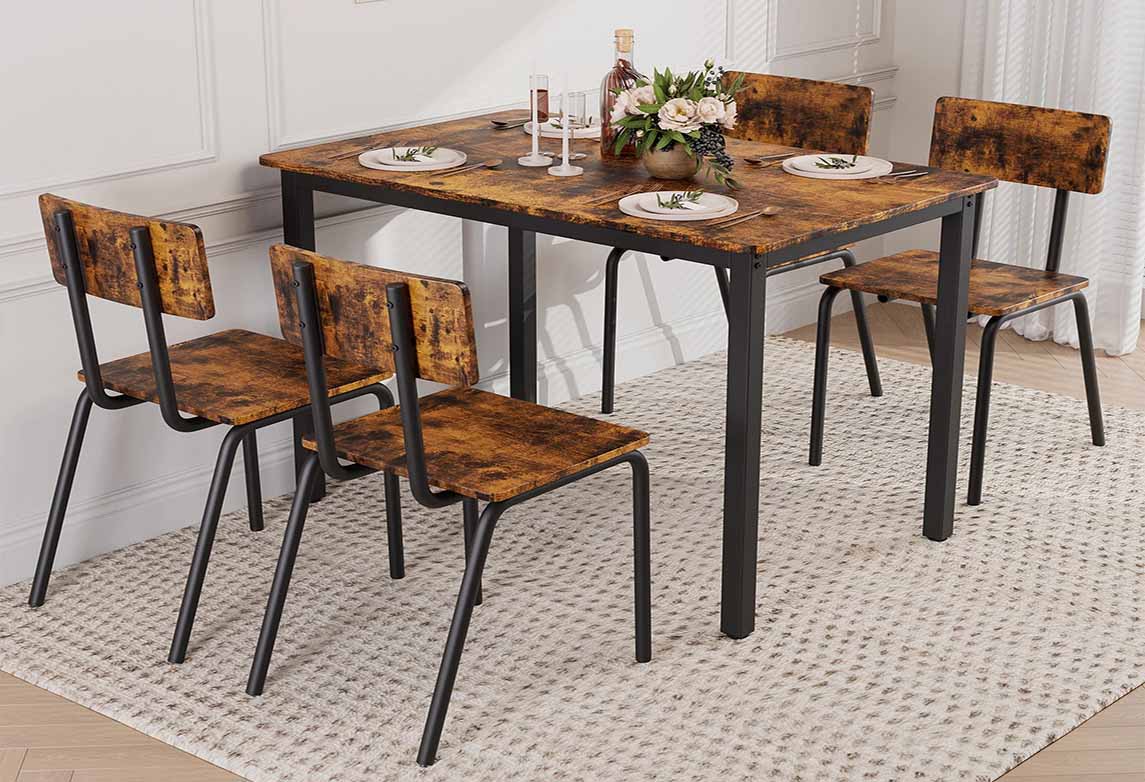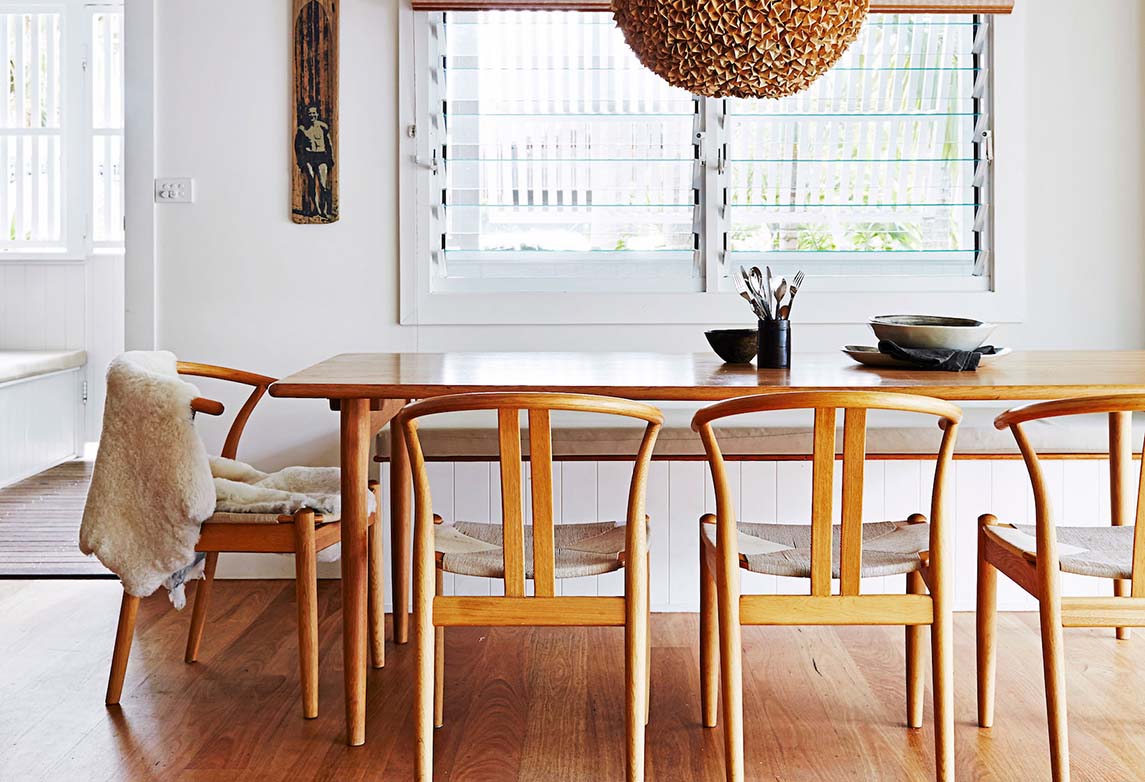Designing a dining room that seamlessly connects with your kitchen is a rewarding endeavor that enhances both the functionality and aesthetic appeal of your home. This integrated approach not only makes meal preparation and dining more enjoyable but also creates a harmonious flow between two essential areas. In this comprehensive guide, I’ll walk you through the key considerations and strategies for achieving a cohesive and stylish connection between your kitchen and dining room.
The Importance of Integration
When designing a space where the kitchen and dining room are visually and functionally connected, the goal is to create a unified look and experience. A well-integrated dining area can facilitate better flow, encourage social interaction, and make daily routines more efficient. Here’s why it’s worth investing time and thought into this aspect of your home:
- Enhanced Functionality: A seamless connection allows for smoother transitions between meal preparation and dining, making it easier to serve food and interact with guests.
- Visual Harmony: Integrating these spaces helps to create a cohesive look that can enhance the overall aesthetic of your home.
- Social Interaction: An open, connected layout encourages interaction between the cook and guests, fostering a more inclusive and engaging dining experience.
Planning Your Layout
The first step in creating a seamless connection is to plan your layout thoughtfully. Here are some key considerations:
- Open Floor Plan: If your kitchen and dining room are part of an open floor plan, you’ll need to consider how to visually delineate the spaces while maintaining a cohesive look. Open floor plans allow for natural flow and integration but require careful planning to ensure that each area is functional and aesthetically pleasing.
- Room Flow: Ensure that there’s a logical flow between the kitchen and dining area. For example, placing the dining area close to the kitchen can make serving meals easier and more convenient.
- Visual Continuity: Use design elements that create a visual link between the two spaces. This can be achieved through consistent color schemes, materials, and finishes.

Design Elements for Seamless Integration
- Color Schemes: Choosing a consistent color palette for both the kitchen and dining room is essential for visual cohesion. Opt for complementary or matching colors to create a unified look. Neutral tones, such as whites, grays, and beiges, can be particularly effective in creating a seamless transition.
- Materials and Finishes: Use similar or complementary materials and finishes in both areas. For instance, if you have wooden cabinetry in the kitchen, consider incorporating wooden elements or furniture in the dining room. Similarly, if your kitchen features marble countertops, a marble dining table can help tie the two spaces together.
- Lighting: Lighting plays a crucial role in integrating these spaces. Consider using pendant lights or chandeliers over the dining table that complement the lighting fixtures in the kitchen. Additionally, recessed lighting or under-cabinet lights in the kitchen can help create a cohesive look.
- Furniture: Choose dining room furniture that complements your kitchen style. If your kitchen features modern, sleek cabinetry, a contemporary dining table and chairs will enhance the overall aesthetic. Conversely, if your kitchen has a rustic charm, opt for wooden dining furniture that matches the theme.
- Architectural Features: Architectural elements such as open arches, breakfast bars, or kitchen islands can help define the connection between the kitchen and dining room. For example, a breakfast bar can serve as a casual dining area and a visual bridge between the two spaces.
Practical Tips for a Cohesive Design
- Use of Rugs: Incorporating rugs can help define the dining area while maintaining a visual connection with the kitchen. Choose a rug that complements the flooring and color scheme of both spaces.
- Artwork and Decor: Incorporate artwork or decorative elements that bridge the two areas. For instance, a piece of art that spans both spaces or a common theme in your decor can create a cohesive look.
- Storage Solutions: Consider incorporating built-in storage solutions that serve both the kitchen and dining room. A built-in buffet or cabinetry can provide additional storage and create a seamless transition between the two areas.
- Window Treatments: Choose window treatments that complement the style of both the kitchen and dining room. For example, if you have sheer curtains in the kitchen, consider matching or complementary curtains in the dining room.
- Consistent Flooring: If possible, use the same flooring material in both the kitchen and dining room to create a unified look. If different materials are necessary, ensure that they transition smoothly.
Case Studies: Successful Kitchen and Dining Room Integrations
To illustrate these principles, let’s explore a few examples of successful kitchen and dining room integrations:
- Modern Minimalist: In a modern minimalist home, a sleek kitchen with white cabinetry and stainless steel appliances transitions seamlessly into a dining room with a glass-top table and white chairs. The use of neutral colors, clean lines, and simple decor creates a cohesive look that enhances the overall sense of space.
- Rustic Charm: A rustic kitchen with exposed wooden beams and a stone fireplace flows into a dining room featuring a large wooden table and vintage-style chairs. The use of similar materials and finishes, such as wood and stone, creates a harmonious connection between the two spaces.
- Coastal Vibes: In a coastal-themed home, a light blue kitchen with white cabinetry transitions into a dining room with a nautical-inspired table and chairs. The use of coastal colors, natural textures, and matching decor elements creates a cohesive and inviting atmosphere.
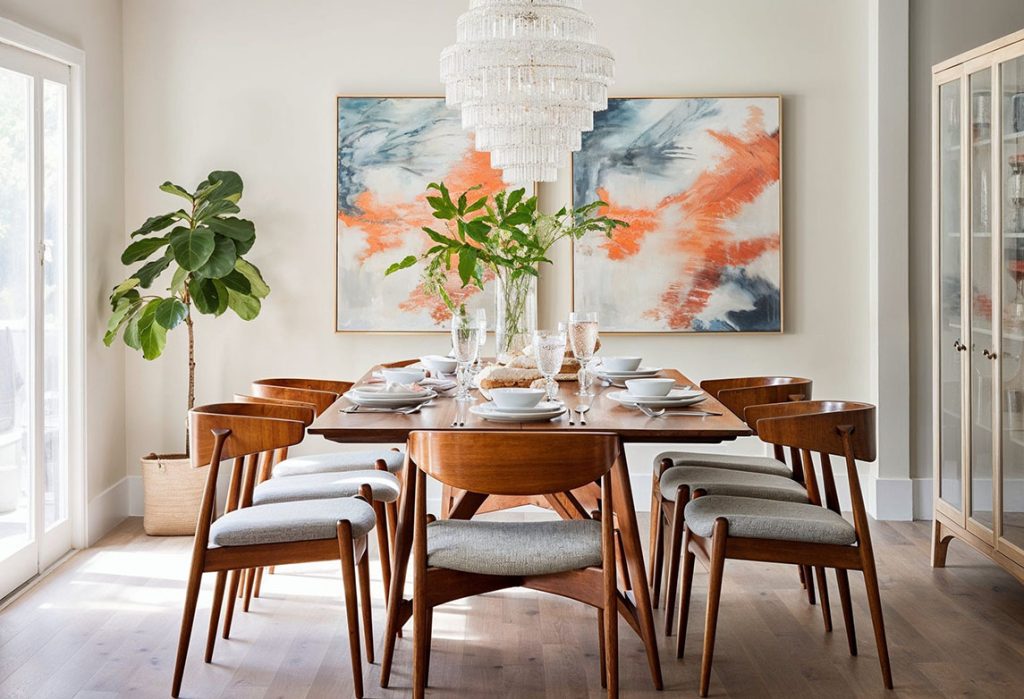
Addressing Common Challenges
While integrating the kitchen and dining room can be rewarding, it’s not without its challenges. Here are some common issues and solutions:
- Space Constraints: In smaller homes, finding the balance between functionality and aesthetics can be challenging. Consider space-saving solutions such as multi-functional furniture or built-in storage to maximize efficiency without compromising style.
- Design Discrepancies: If the kitchen and dining room have different design styles, finding common ground can be tricky. Focus on elements such as color schemes and materials to create a bridge between the two spaces.
- Lighting Coordination: Ensuring that the lighting in both areas complements each other can be challenging. Invest in quality lighting fixtures and consider working with a lighting designer to achieve a cohesive look.
Creating a dining room that seamlessly connects with your kitchen involves thoughtful planning and design. By focusing on color schemes, materials, furniture, and practical tips, you can achieve a harmonious and functional integration that enhances the overall experience of your home. Whether you’re working with an open floor plan or a more traditional layout, these strategies will help you create a space that is both visually appealing and highly functional.
